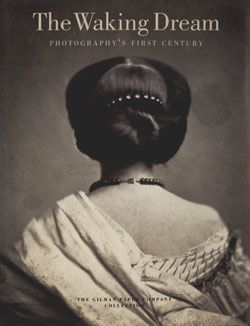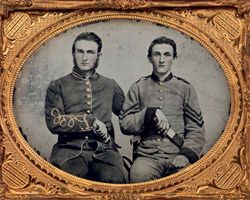Abraham Lincoln
William Marsh American
Person in Photograph Abraham Lincoln American
Not on view
This photograph, made in Springfield, Illinois, on May 20, 1860, was the first portrait taken of Abraham Lincoln after he had received the nomination for president at the Republican National Convention in Chicago. It is one of five photographs taken by William Marsh for Marcus L. Ward, a delegate from Newark, New Jersey. Although many in the East had read Lincoln's impassioned speeches, few had actually seen the senator from Illinois.
At fifty-one years old, Lincoln appears much younger in this photograph, innocent as yet of the great toll the presidency would take on him. His face is an odd contra diction of parts: his right eye typically wanders, his large right ear flaps behind a high cheekbone and sunken cheek, and his hair, described by Sir William Howard Russell as a "thatch of wild Republican hair," is loosely combed. He did not grow his characteristic beard until October 1860. The first president of the United States to wear a beard, Lincoln appears cleanshaven in only one-third of the more than one hundred known photographs.
Yet Lincoln is ruggedly handsome. Marsh presents the face of the prairie lawyer from the backwoods of Kentucky, the man who would declare, in support of the Union, "A house divided against itself cannot stand"; the man who only two years after this photograph was made would deliver the Emancipation Proclamation, and who, in his second inaugural address in 1865, spoke of reconstructing a vital, new country from the ashes of the South, "With malice toward none; with charity for all."
This image cannot be enlarged, viewed at full screen, or downloaded.



